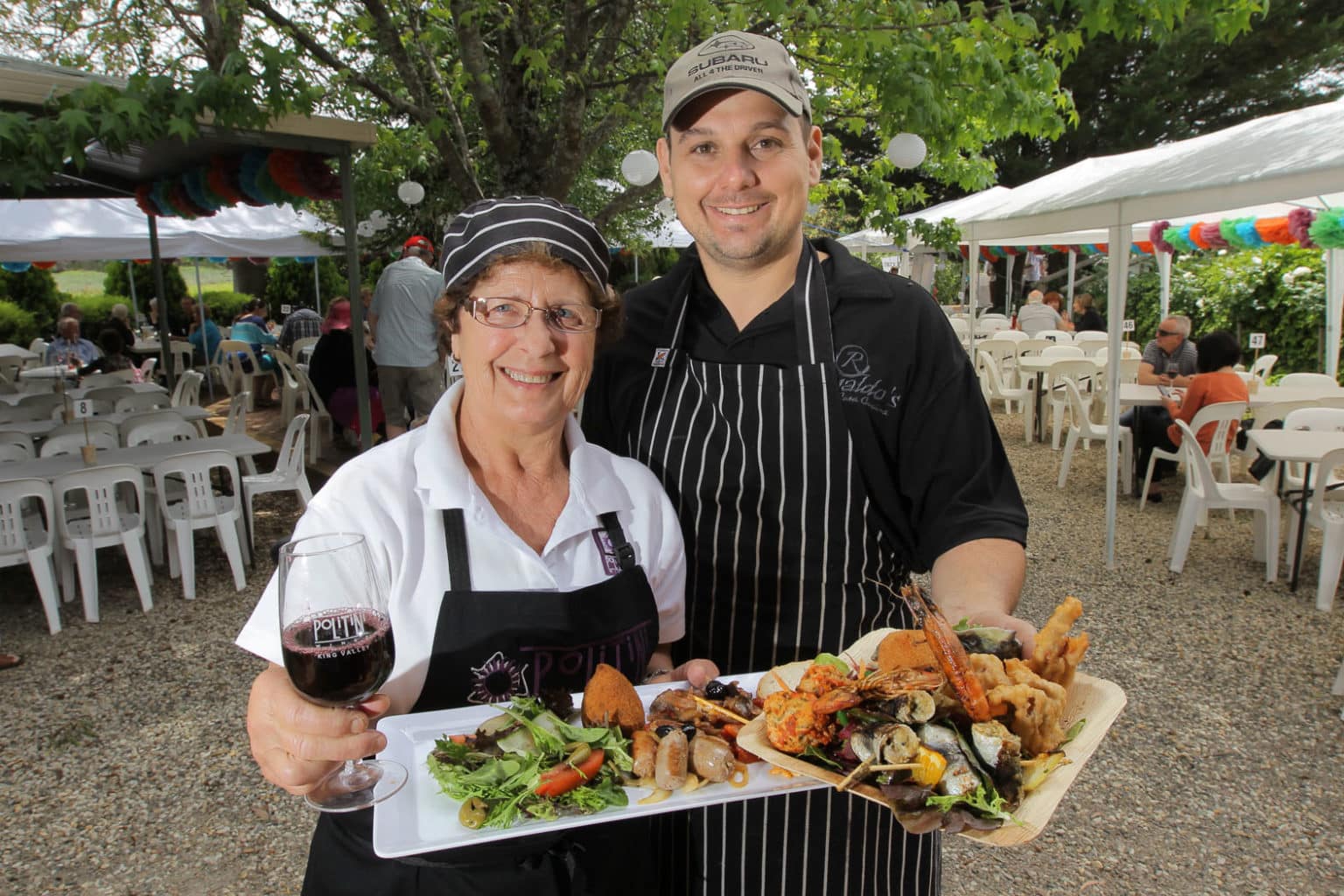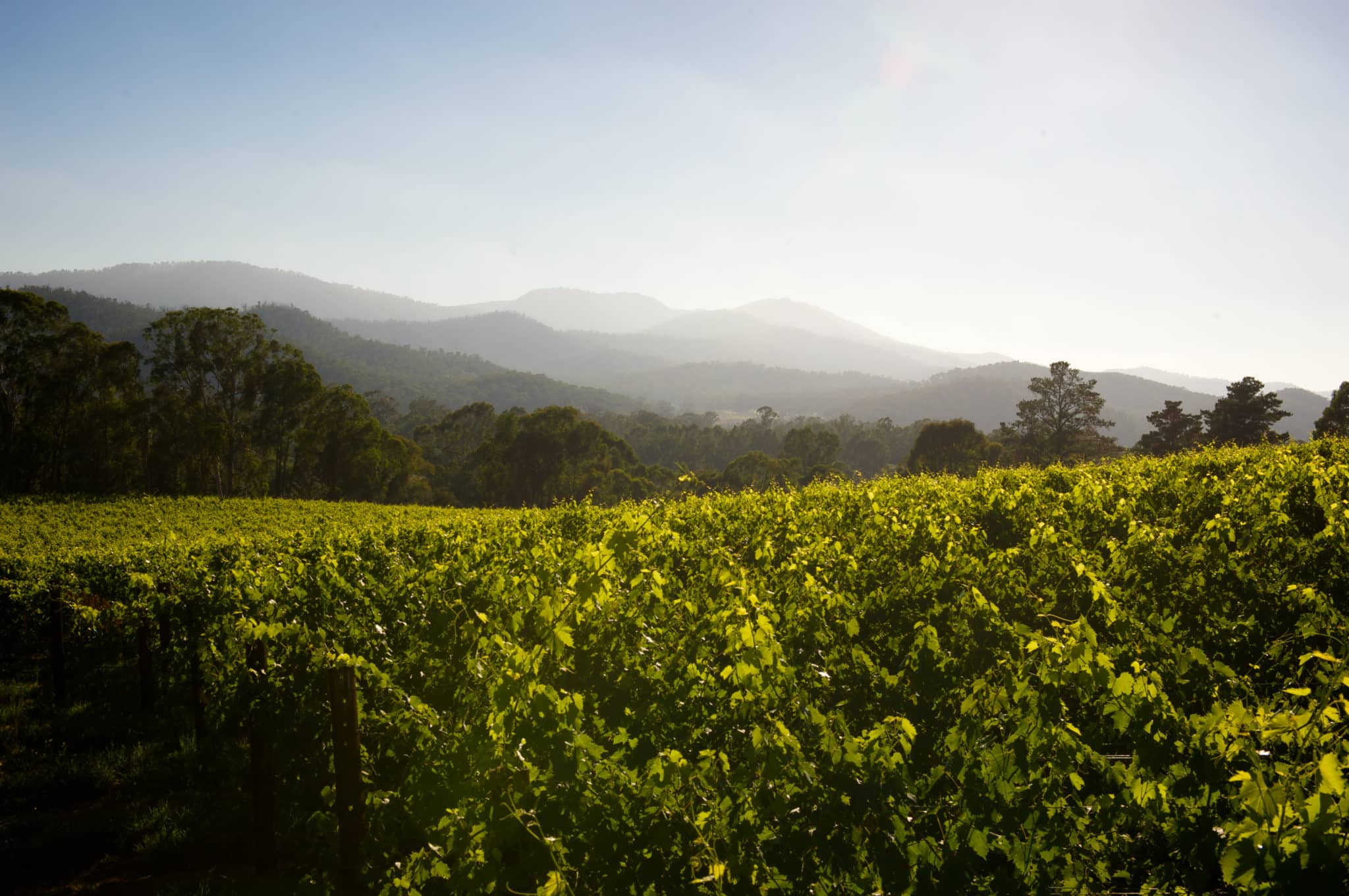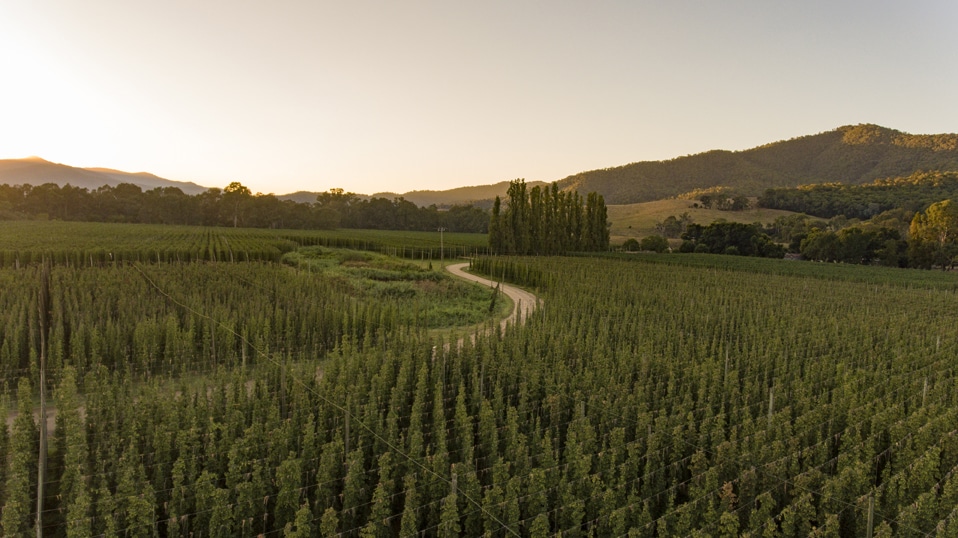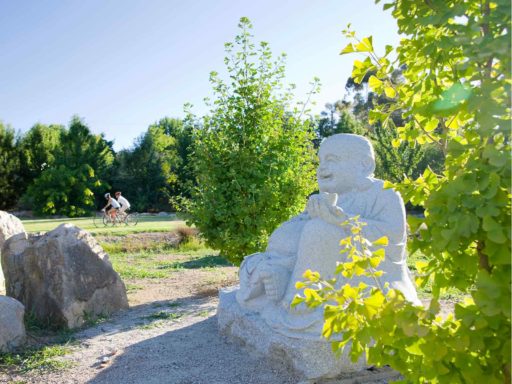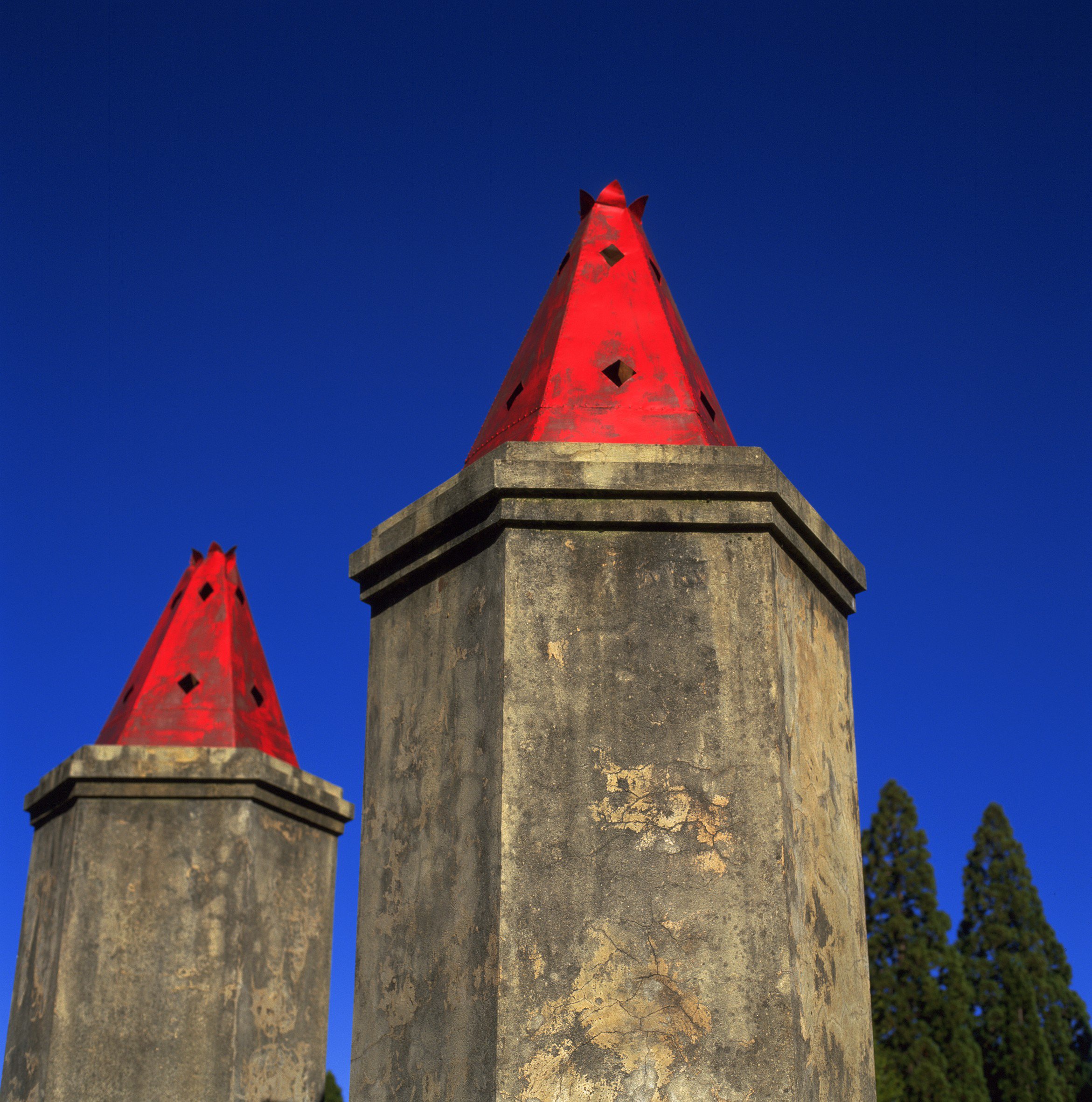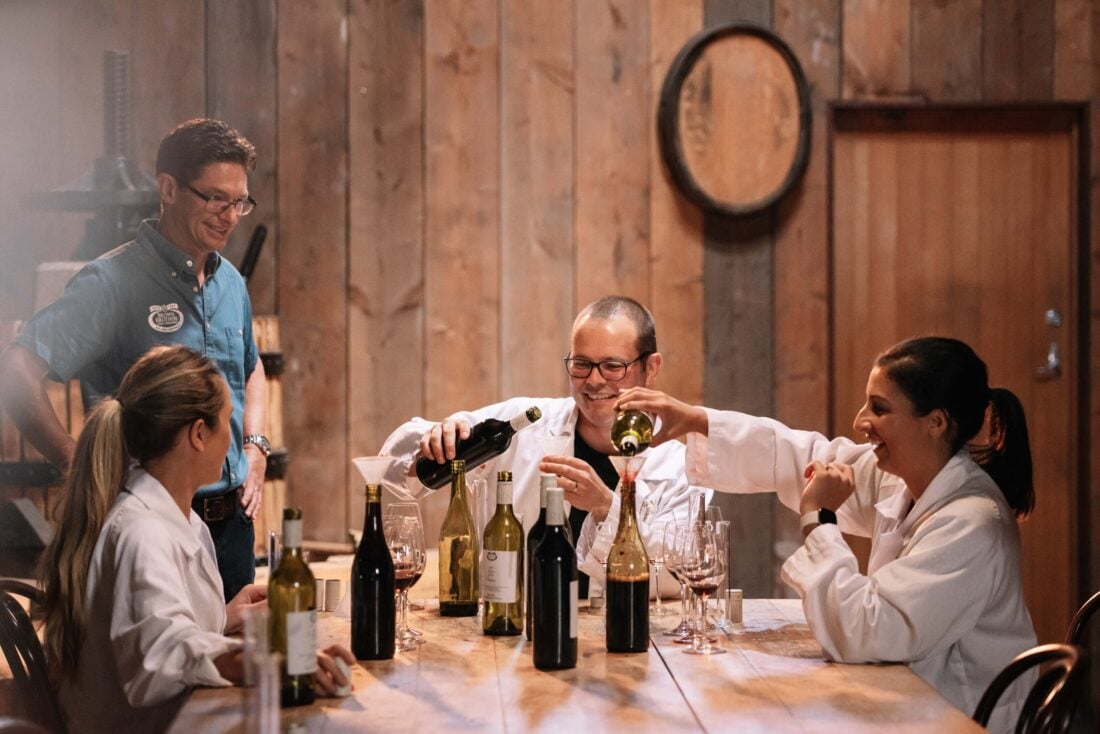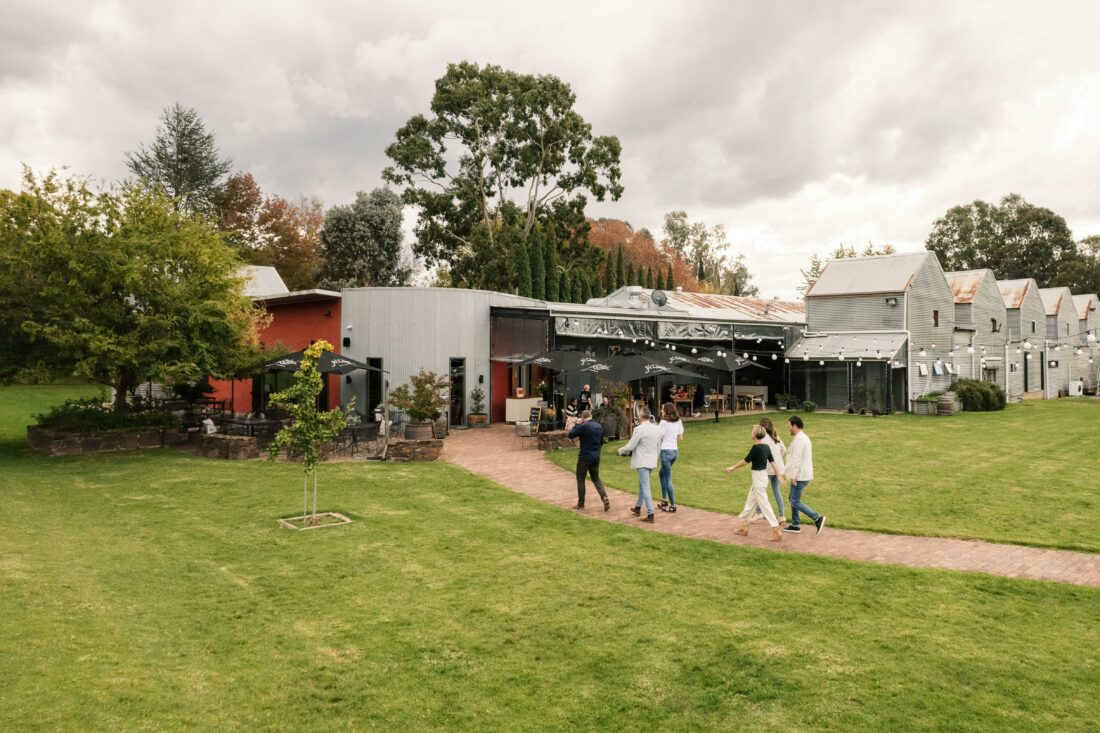The first settlers of the High Country.
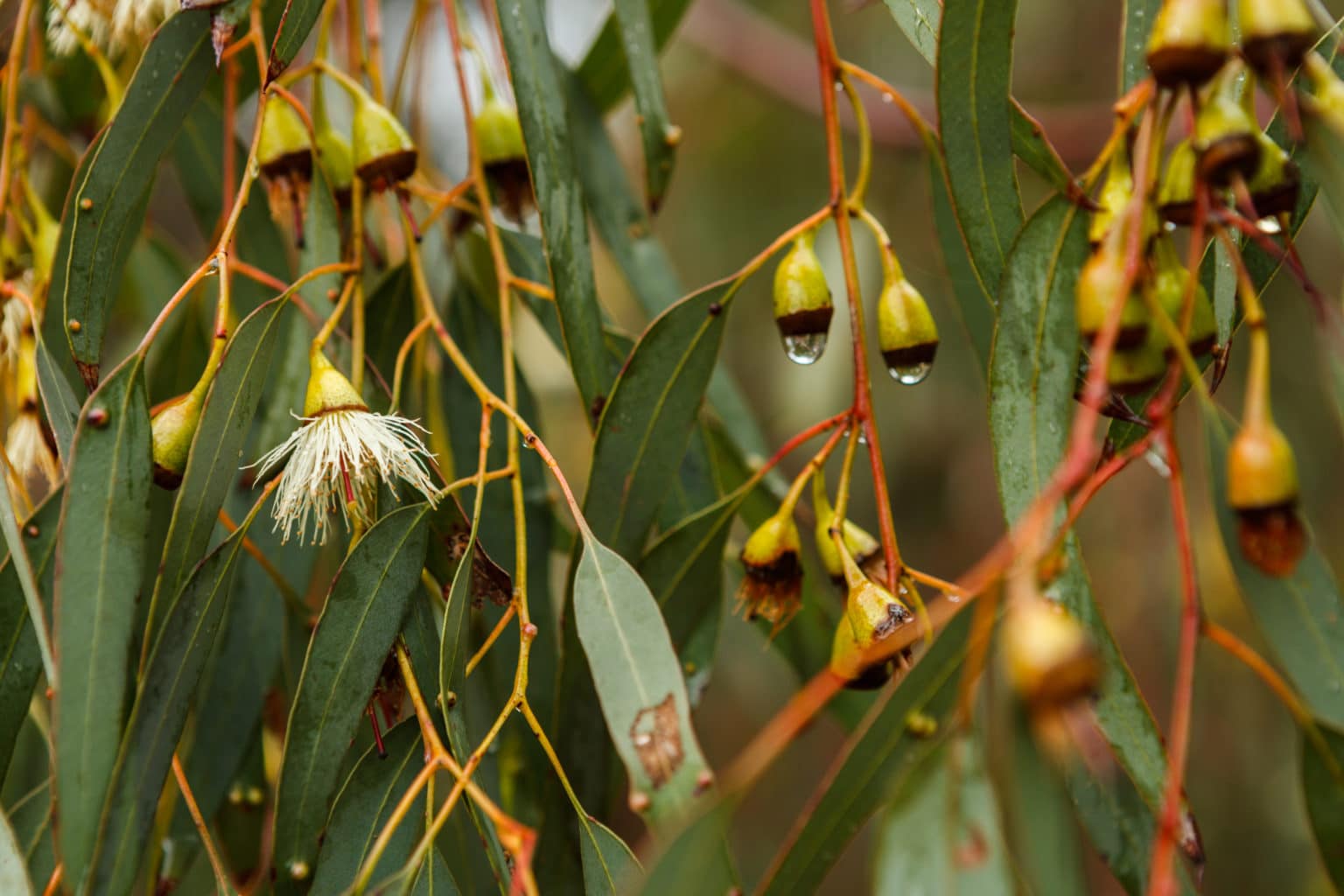
The arrival of Europeans.
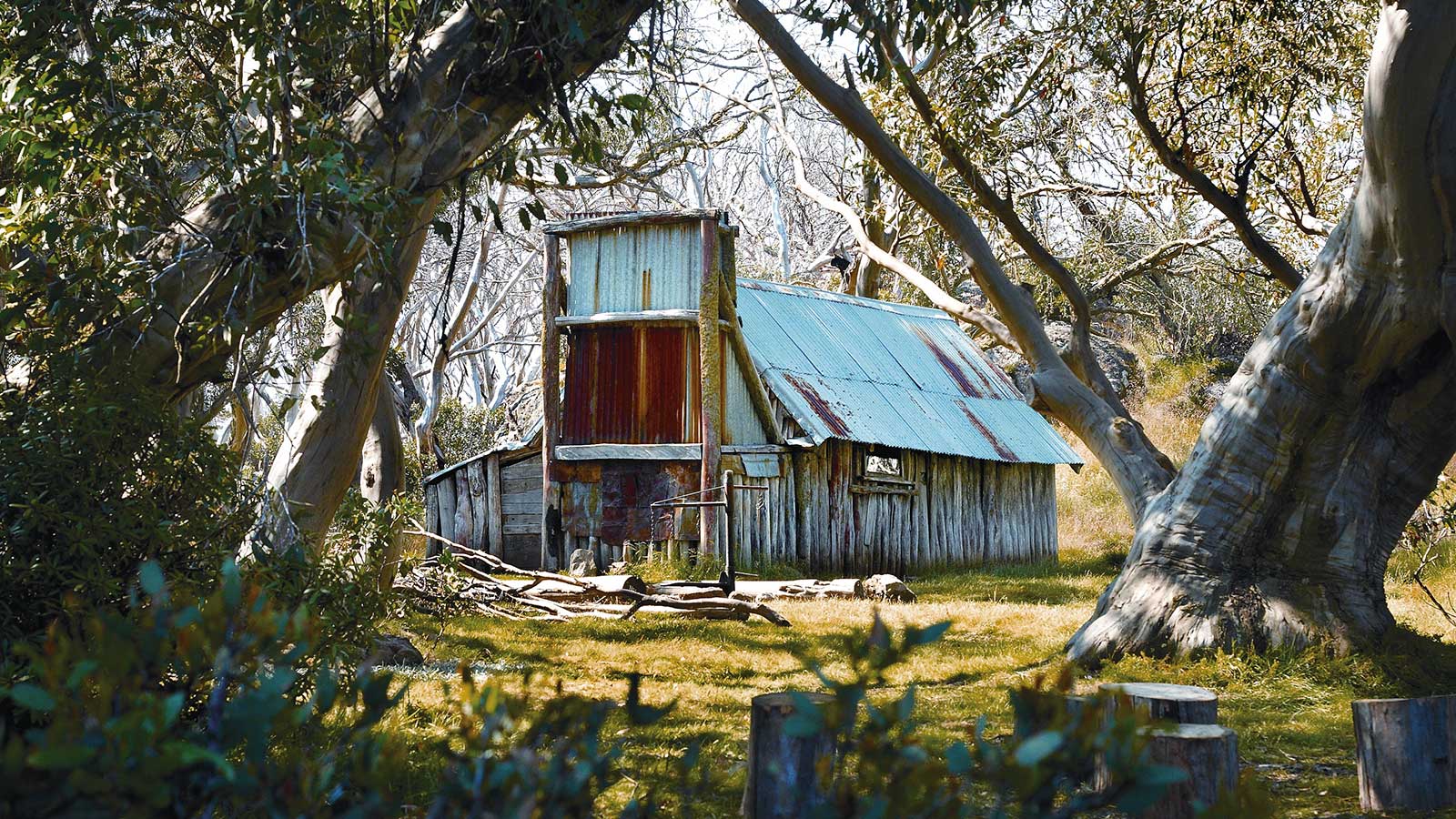
Chinese customs and culture.
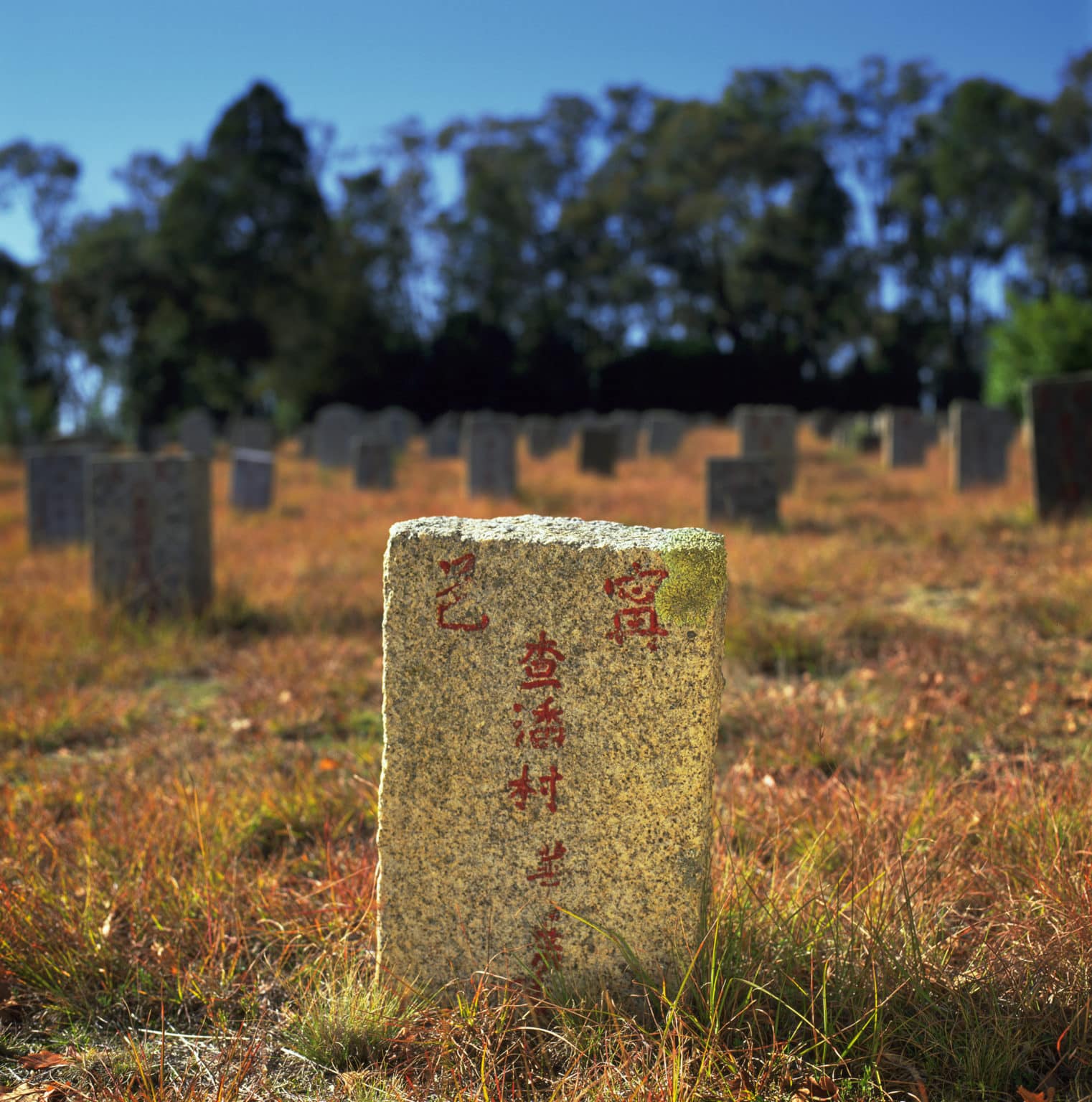
Beechworth’s Chinese heritage is commemorated today in the beautiful Chinese Gardens, Burning Towers and in a significant section of the local cemetery.
Italian migration to Australia.
The Benalla Migrant Camp.
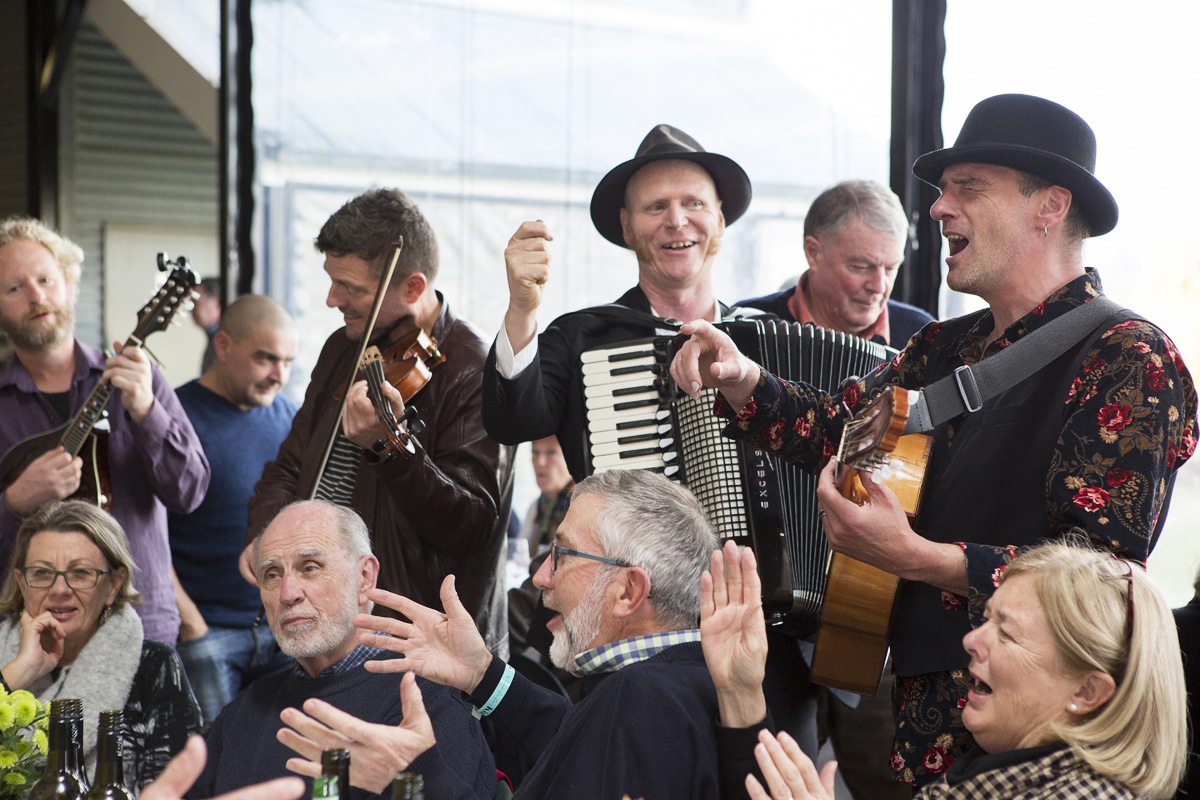
The Benalla Migrant Centre operated between 1949 – 1967 and was one of the longest lasting centres in Australia.
Migrants laboured as payment for residence.
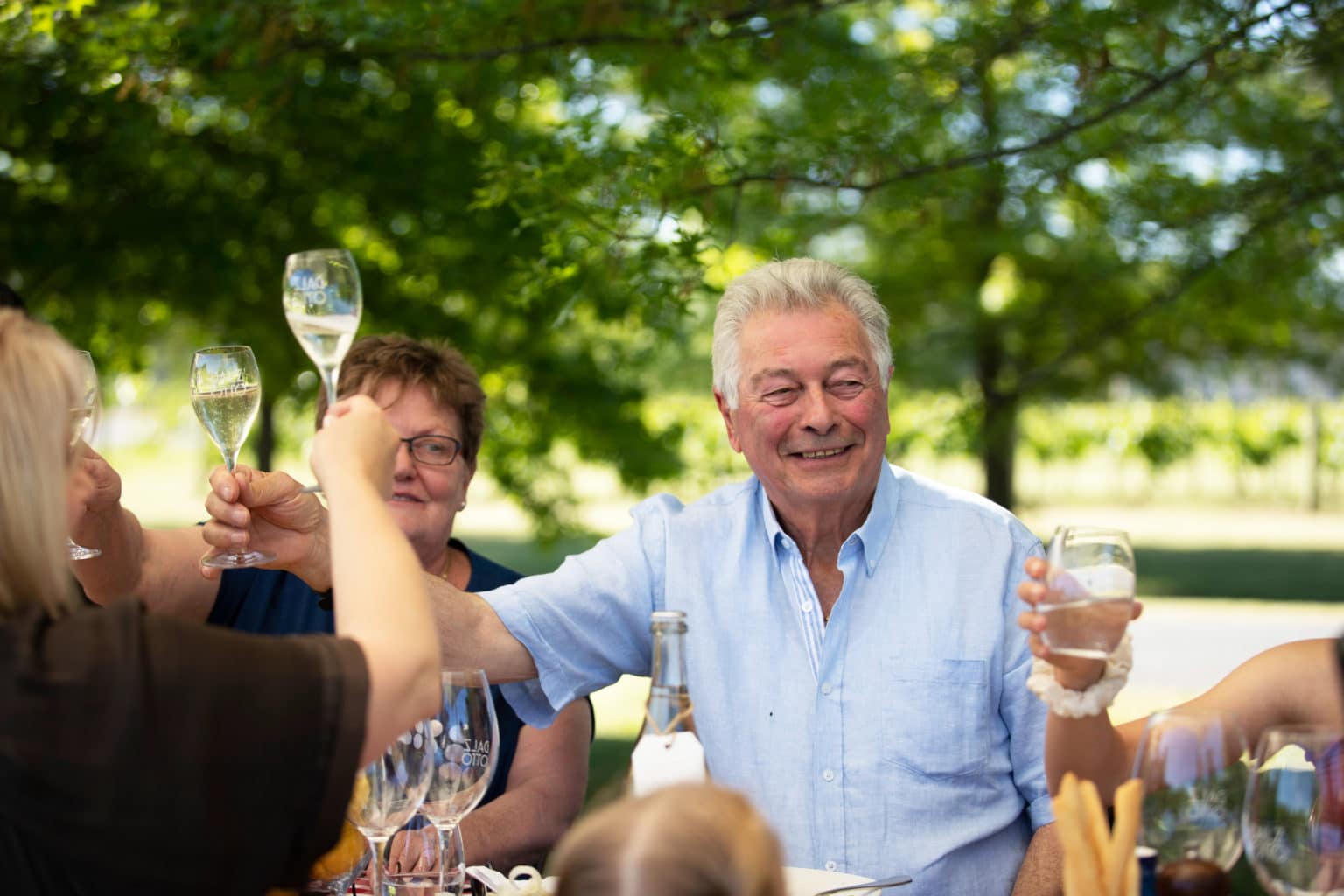
By the 1970’s, a distinct Italian rural community had begun to take shape in Myrtleford. The town even had its own Italian cinema.
The introduction of European grape varietals.
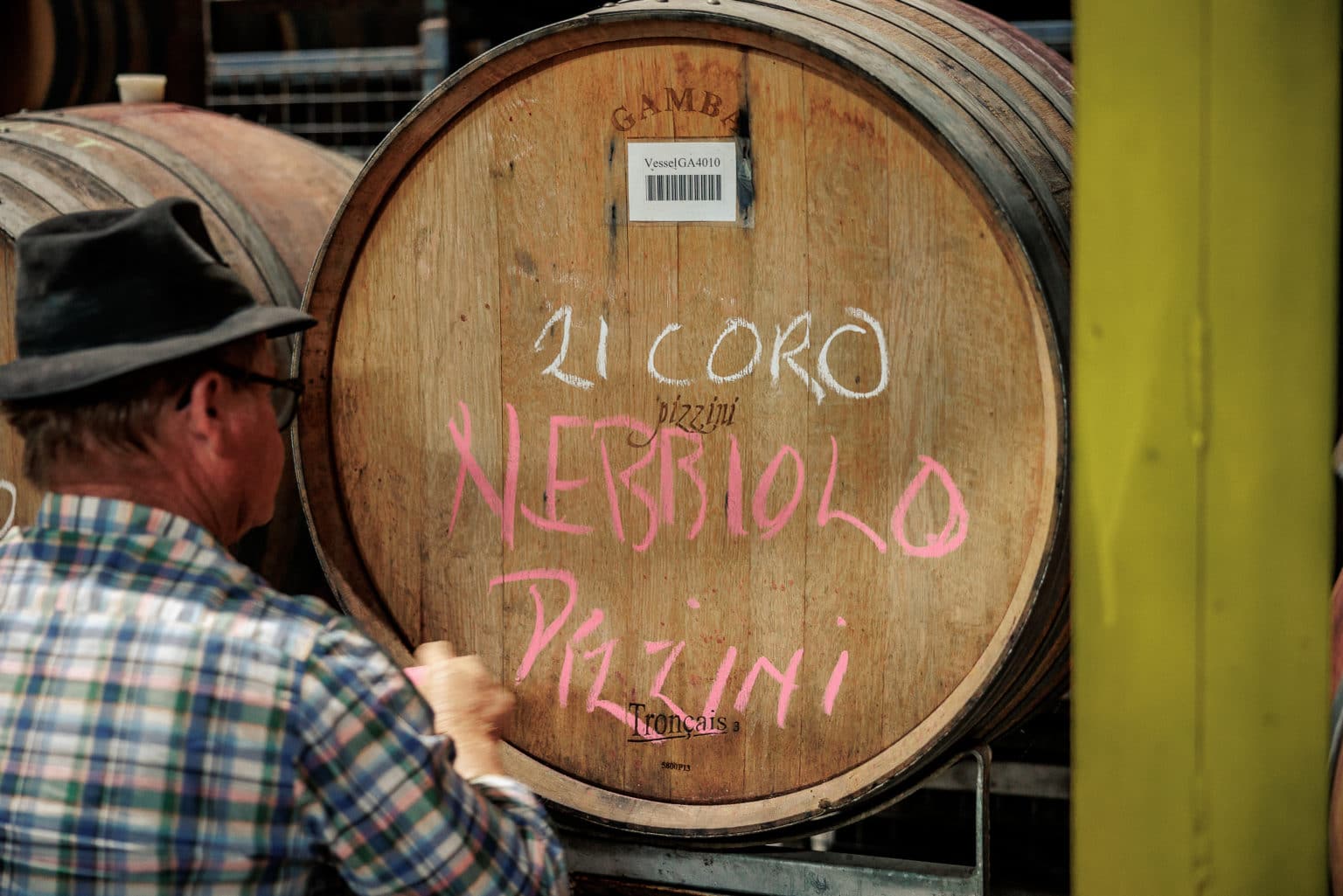
Some of these families, such as the Pizzini’s and Ciccone’s, are still producing wine today, and have been instrumental in the creation of the King Valley wine region.
The Italian spirit lives on.
